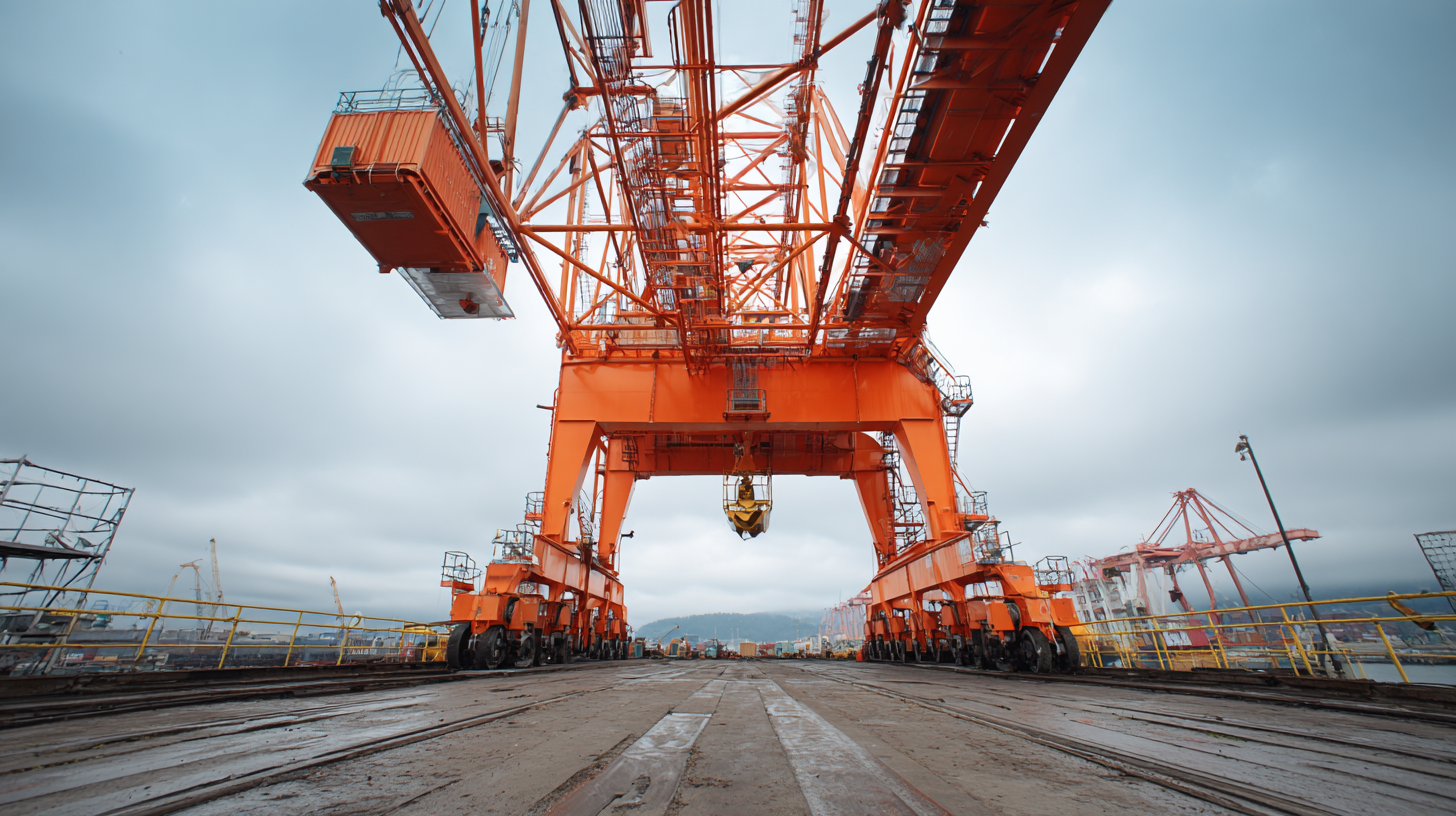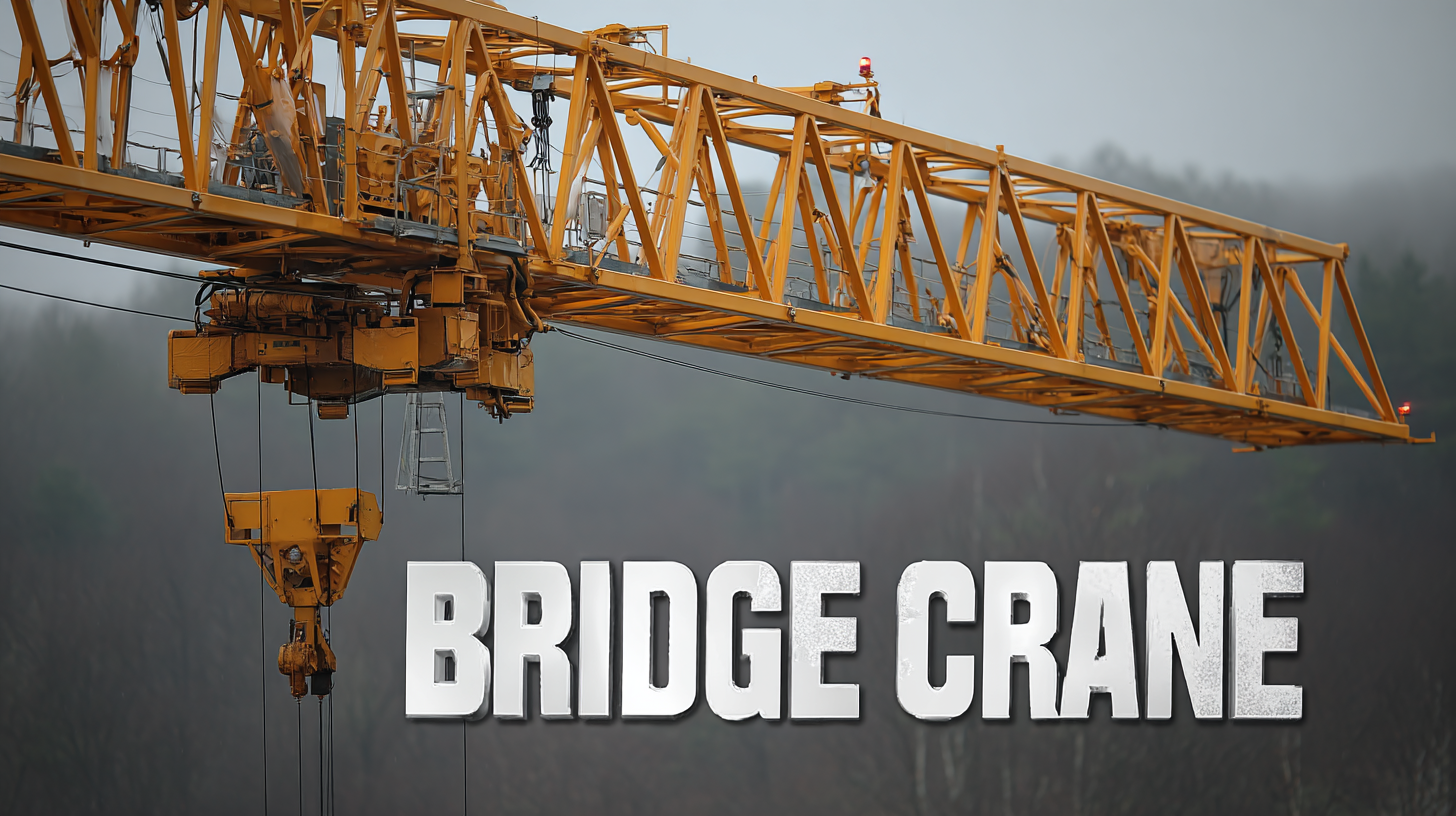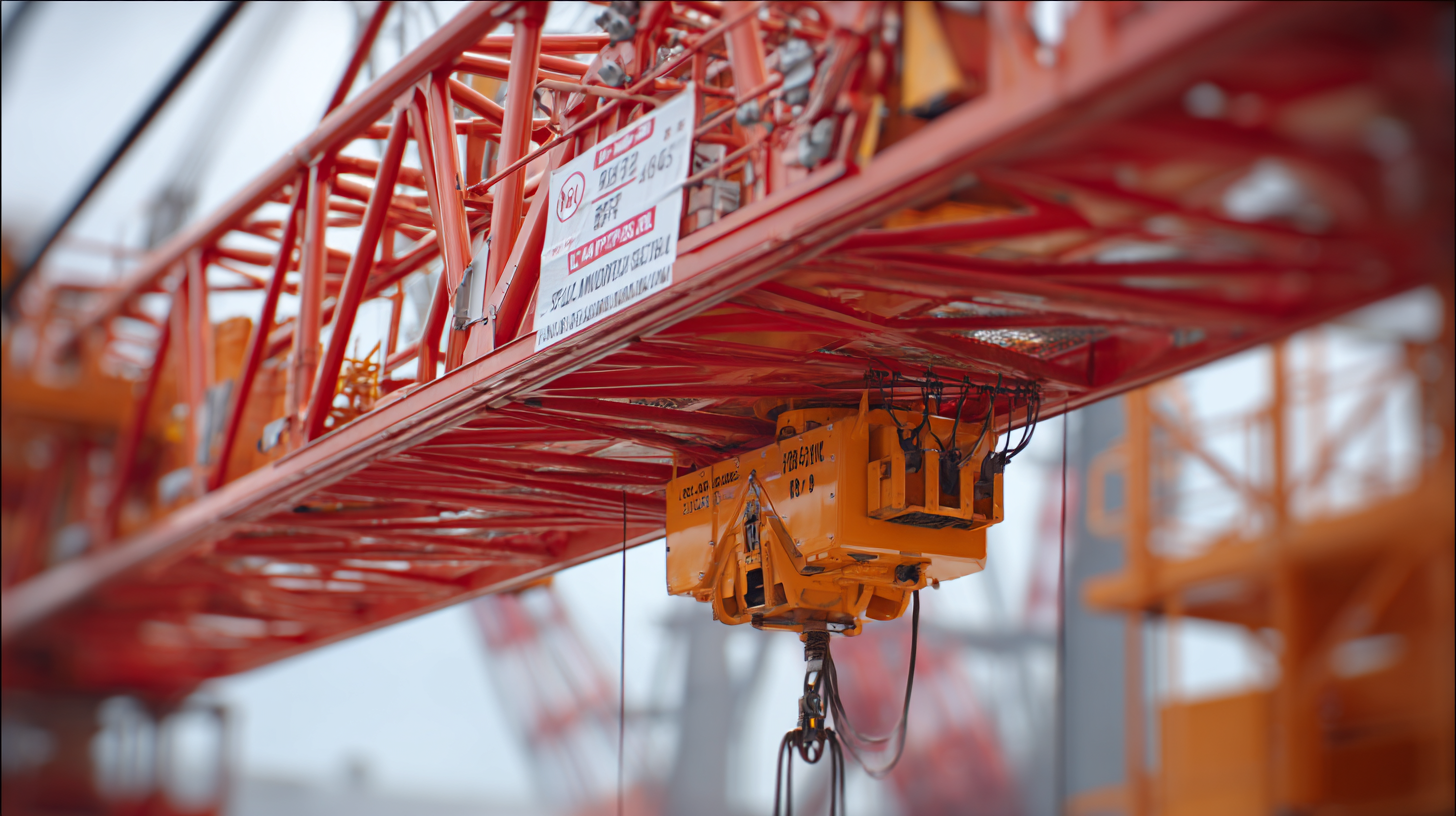7 Secrets to Finding the Best Bridge Crane for Your Needs
Choosing the right bridge crane for your operational needs can be a daunting task, especially with the multitude of options available in the market today. A bridge crane, essential for heavy lifting and material handling, plays a critical role in enhancing productivity and safety in various industrial settings. However, selecting the most suitable one requires careful consideration of several factors that can impact performance and efficiency. In this blog, we will unveil seven essential secrets to help you navigate through the complexities of choosing the best bridge crane tailored to your requirements. From understanding load capacities to evaluating the work environment, these insights are designed to equip you with the knowledge necessary to make an informed decision that will benefit your operations in the long run.

Identifying Your Specific Requirements for a Bridge Crane
When it comes to selecting the best bridge crane for your operational needs, understanding your specific requirements is crucial. The first step in this process is to assess the load capacity your operations demand. Consider the weight of the materials you will be lifting, as well as the frequency of use. A crane that is over or under-rated for your needs can lead to inefficiencies and safety concerns.
Next, evaluate the dimensions of your workspace. The height and span of a bridge crane must align with your facility's layout to maximize productivity. Pay attention to the clearance requirements, as cranes need sufficient overhead space for safe operation. Additionally, consider the environment in which the crane will operate—elements like temperature, humidity, and exposure to corrosive substances can influence the type of materials and features you'll require for your crane.
By pinpointing these specific factors, you can significantly narrow down your options and choose a bridge crane that enhances your operations effectively.
Evaluating After-Sales Service Benefits for Long-Term Value
When selecting a bridge crane, many buyers focus heavily on the initial cost and specifications. However, a crucial aspect that often gets overlooked is the evaluation of after-sales service. According to a report by MarketsandMarkets, the global crane service market is projected to reach $81 billion by 2025, highlighting the increasing importance of comprehensive after-sales support. Investing in a reliable after-sales service can significantly enhance operational efficiency and extend the lifespan of your equipment, ultimately providing better long-term value.
The advantages of strong after-sales support are manifold. A study by Technavio indicates that companies with effective maintenance services experience a 10-15% decrease in downtime due to unexpected failures, allowing businesses to maximize productivity. Furthermore, a vendor offering robust training and technical support can empower your workforce, ensuring they are well-equipped to handle the equipment efficiently. In industries where safety and reliability are paramount, having access to timely service and support can make all the difference in maintaining operational integrity and avoiding costly mishaps.
7 Secrets to Finding the Best Bridge Crane for Your Needs
Understanding Maintenance Costs and Their Impact on Overall Expenses
When selecting the best bridge crane for your operations, understanding maintenance costs is crucial. Maintenance is not just an additional expense; it significantly impacts the overall financial health of your project. Regular servicing and timely repairs can prevent breakdowns that lead to costly downtimes. Therefore, it is essential to factor in these costs when budgeting for your crane acquisition. Some cranes may have lower initial purchase prices but could incur higher maintenance expenses over time, potentially outweighing the benefits of their lower upfront costs.
Another vital aspect to consider is the impact of maintenance on operational efficiency. A well-maintained bridge crane operates smoothly, minimizing the risk of interruptions in your workflow. On the other hand, neglecting maintenance can result in inefficient operation, potentially increasing the cost of labor and further straining your budget. By prioritizing regular inspections, training your staff on proper usage, and seeking service contracts that cover unexpected repairs, you can ensure that your bridge crane remains a reliable asset rather than a burden. This strategic approach to maintenance will help you make an informed decision that aligns with both your immediate needs and long-term financial objectives.
7 Secrets to Finding the Best Bridge Crane for Your Needs - Understanding Maintenance Costs and Their Impact on Overall Expenses
| Crane Model | Max Load Capacity (tons) | Maintenance Frequency (months) | Annual Maintenance Cost (USD) | Energy Consumption (kWh per month) |
|---|---|---|---|---|
| Model A | 10 | 6 | 1200 | 500 |
| Model B | 15 | 8 | 1500 | 600 |
| Model C | 20 | 12 | 1800 | 700 |
| Model D | 25 | 10 | 2000 | 800 |
Exploring the Future Trends in Bridge Crane Technology and Design
As we look toward the future of bridge crane technology and design, it’s clear that the integration of intelligent systems and innovative solutions is paving the way for significant advancements in the industry. The recent 25th Annual Conference held in Xuzhou showcased how digital technologies empower crane manufacturing processes, enhancing operational efficiency and safety. These innovations not only streamline logistics but also embrace sustainability, making bridge cranes more adaptable to various industrial environments.

Emerging trends reveal a shift toward automation and real-time data analytics, allowing operators to optimize performance and maintenance schedules effectively. The utilization of IoT (Internet of Things) devices in bridge cranes facilitates better load management and predictive maintenance, ensuring that these vital tools in construction and manufacturing remain reliable and efficient. As companies continue to invest in cutting-edge technologies, it will be crucial for stakeholders to understand these developments and how they impact their specific needs in selecting the best bridge crane for their operations.
Selecting a Reliable Supplier: Key Factors to Consider
When it comes to selecting a reliable supplier for bridge cranes, there are several key factors to consider that can significantly impact your operational efficiency and safety. According to the latest report by the Material Handling Industry of America (MHIA), nearly 80% of businesses surveyed cited supplier reliability and post-purchase support as critical criteria in their selection process. This underscores the importance of choosing a supplier that not only offers high-quality equipment but also provides comprehensive service agreements and training for your personnel.
Another vital factor is the supplier's reputation within the industry. Research from the Hoist Manufacturers Institute suggests that choosing suppliers with a proven track record reduces the likelihood of downtime by up to 25%. Additionally, suppliers that are members of industry associations typically adhere to stringent quality control and safety standards, ensuring that their products meet the requirements set forth by OSHA and AISC. Therefore, evaluating the supplier's certifications, customer reviews, and industry engagement can provide valuable insights into their reliability and commitment to safety and performance.

